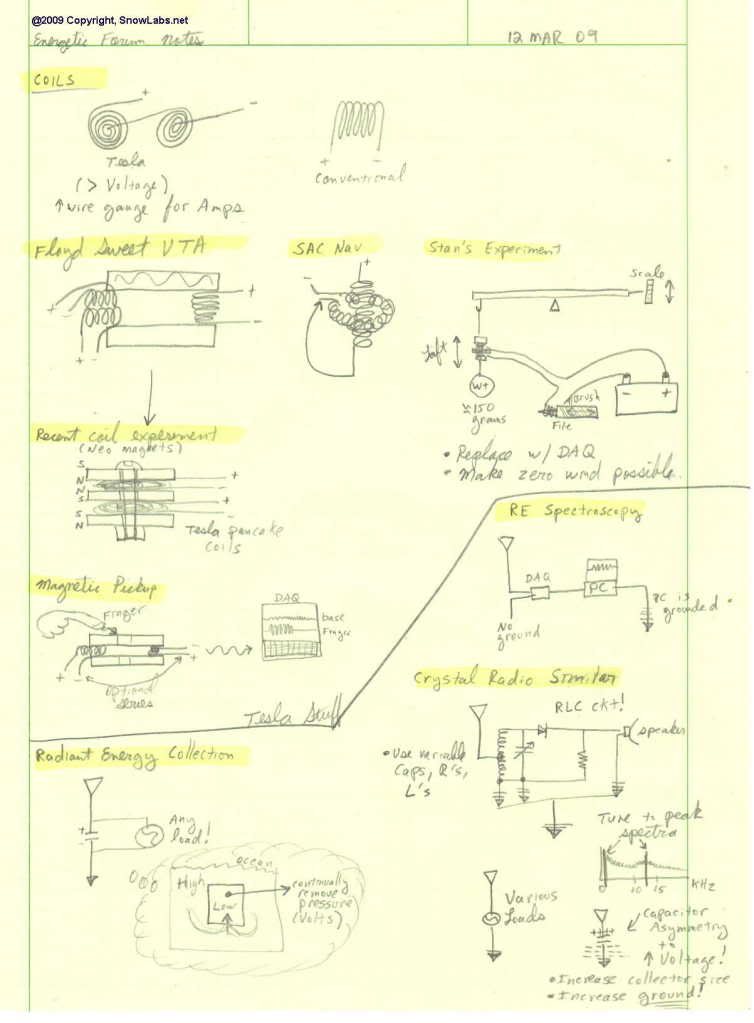Hi all
I have now tried 2 circuits to charge a 12v battery using radiant energy – neither have worked. Both used an aerial of 100m of coax cable strung at 3 m above ground level. One circuit used a cap, auto-coil and a spark gap, and the other circuit used a cap, SCR and Neon. Has anyone built a circuit using an aerial to capture radiant energy to charge a 12v battery that has worked? If so could you point me in the right direction.
Many thanks to all and what a great forum.
John
I have now tried 2 circuits to charge a 12v battery using radiant energy – neither have worked. Both used an aerial of 100m of coax cable strung at 3 m above ground level. One circuit used a cap, auto-coil and a spark gap, and the other circuit used a cap, SCR and Neon. Has anyone built a circuit using an aerial to capture radiant energy to charge a 12v battery that has worked? If so could you point me in the right direction.
Many thanks to all and what a great forum.
John





 It behaved almost like high voltage jumped a spark gap to the structure which had at least 1/2" separation between the bare wire and grounded steel.
It behaved almost like high voltage jumped a spark gap to the structure which had at least 1/2" separation between the bare wire and grounded steel.  Maybe the wind temporarily blew it? We don't think so. The wire was pretty rigid. It was an interesting anomaly.
Maybe the wind temporarily blew it? We don't think so. The wire was pretty rigid. It was an interesting anomaly.  ) This, however, I optimistically credited to the considerable decrease in ambient temperature. However, hopefully some chemical changes among trickle charging are going on!
) This, however, I optimistically credited to the considerable decrease in ambient temperature. However, hopefully some chemical changes among trickle charging are going on! 
 Effectively no rise on the bare wire unit in near 24 hours. Need to go back to the insulated wire and collector plate version. Then, we'll try it again. Then, if that doesn't work, I'll start pulsing in the current. I was just hoping to see something unusual.
Effectively no rise on the bare wire unit in near 24 hours. Need to go back to the insulated wire and collector plate version. Then, we'll try it again. Then, if that doesn't work, I'll start pulsing in the current. I was just hoping to see something unusual.  I'll post some pics and details when it's in a state where I am not ashamed to show it!
I'll post some pics and details when it's in a state where I am not ashamed to show it! 
Comment